The ancient Gajaranyeswarar Temple is more than 1750 years old. This temple is located in Ranganathapuram near Thirukaatupalli. One would have to cover a distance of two kilometers from the main road in order to visit the temple. The lovely paddy fields would enthrall the visitor. This village is home to an ancient Agraharam. It is a pity to note the ' going down ' of the once prosperous street. A number of old houses decorate the Agraharam. The temple for Perumal ( Vishnu ) is located at the entrance and an old Post Office continues to function in an old building.
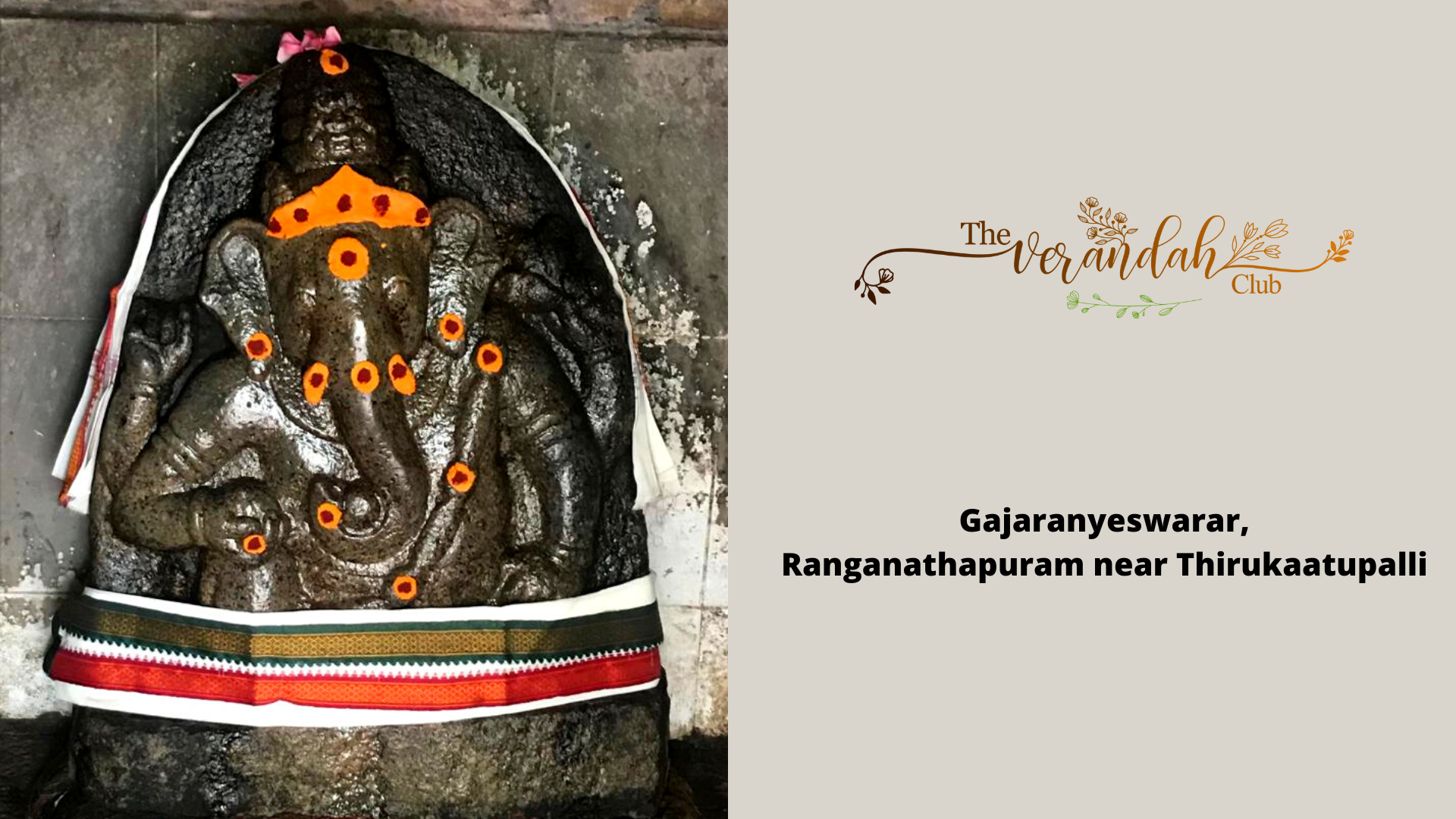
The noble minded agriculturist Sundaresa Iyer , his wife Meenambal and family were domiciled in this village. His family used to own huge tracts of land those days. Sundaresa Iyer was a self made man.The village had been the hub of activity during the invasion of Malik Kafur. This tyrant had invaded the south at the behest of Alauddin Khilji of Delhi. He had exterminated all the kingdoms in the south. Malik Kafur and his army sacked Srirangam during the year 1311. They put to death 12,000 innocent citizens on a single day. The tyrants did not spare anyone. Pregnant women and kids were slaughtered mercilessly. The icon of Lord Ranganatha had to be taken away for safekeeping. He could return only after the establishment of the Vijayanagar Empire. Lord Ranganatha had been in exile for 48 years !
The icons of several deities were brought to Ranganathapuram during the fourteenth century. This was done in order to save them from the loot and plunder caused by the Islamic marauders. In fact this village had been given to the Vadaraya Brahmins during the reign of the Cholas. Therefore it came to be known as ' Vadarayamangalam '. The Gajaranyeshwarar Temple was referred to as ' Aanaikkara Perumaanar Temple ' at Vadarayamangalam those days. It came to be known as Ranganathapuram only after the invasion of Malik Kafur. This was because the village had offered a refuge to the icons from Srirangam during those hard days.
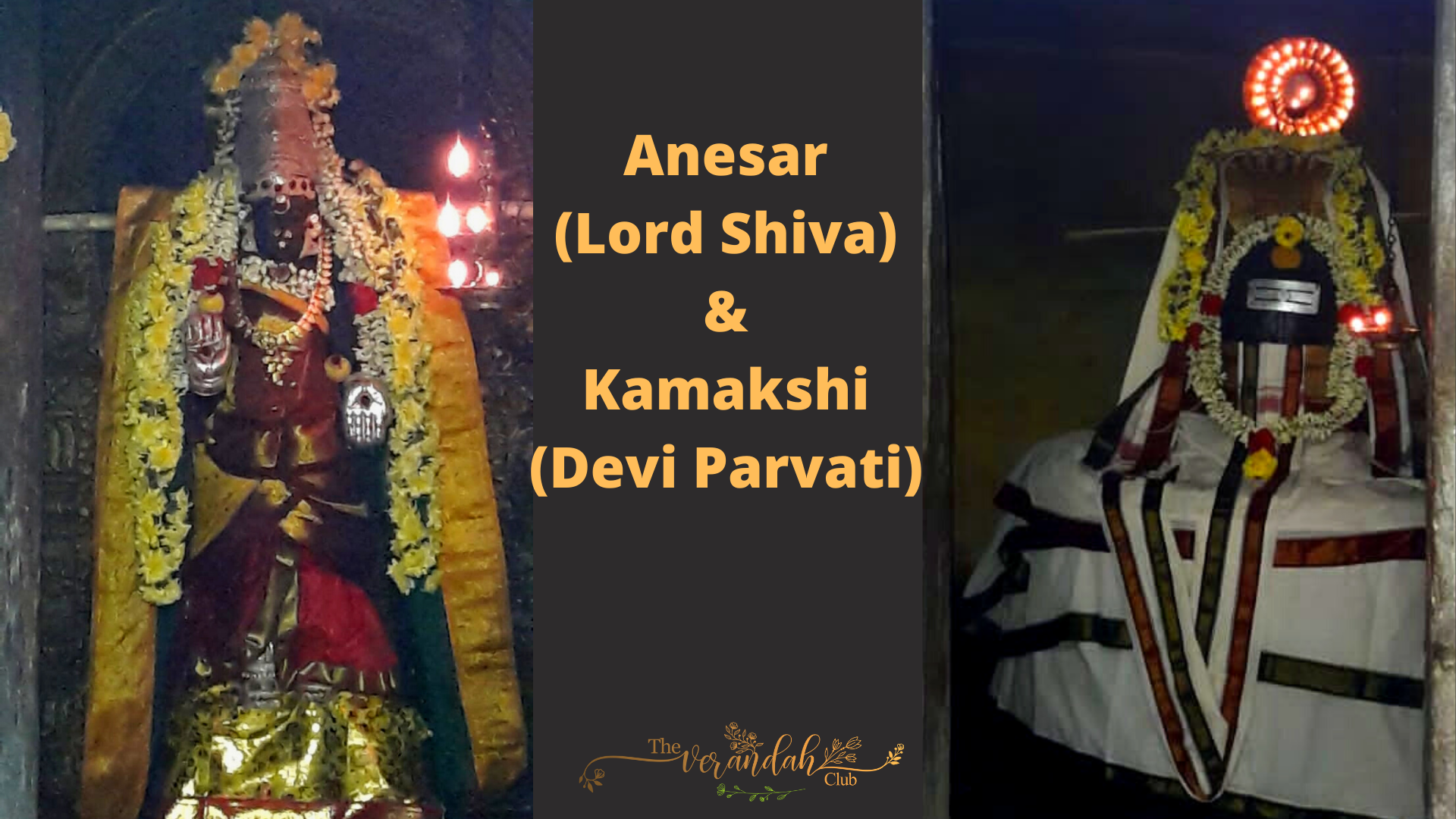
Let us now look at the story behind the creation of this historic temple. Lord Shiva was found under a tree in Thiruvanaikaval near Trichy. The leaves of the vennaval tree used to fall on him. A highly devoted spider was aghast at looking at this happening regularly. It began to spin a web on top of the deity. This was done in order to ensure that the leaves would not fall on him. However, a highly devoted elephant used to bathe Lord Shiva with the waters of River Cauvery regularly. The elephant would remove the cobwebs created by the spider and give the bath. This activity was repeated everyday. The elephant would get angry on seeing the cobwebs and the spider seethed with fury on seeing its work being destroyed by the elephant. Both of them were actually in the service of Lord Shiva but were at loggerheads with each other because of their activities.
One day, the angry spider got into the trunk of the elephant and began to bite it from within. The troubled elephant hit its trunk on the ground and the spider died as a consequence of this action. This resulted in the death of the pachyderm too. Lord Shiva took over the destiny of both his devotees. The spider was reborn as the Chola King Kochengotcholan. His parents were Subadevar and Kamalavathi. The noble and devout Chola ruler was reminded of his earlier birth and therefore he constructed temples at a higher level. This was done with the purpose of ensuring that elephants do not come near the icon and such temples came to be known as ' Maadakovils '. It was quite an innovation those days.
The work of Kochengotcholan came to be known as ' Yanai Era Thiruppani ' meaning the noble work which ensured that elephants do not come near the deity. He had built more than 70 such temples during his reign. The first one was built at Thruvanaikaval and the second one was built at Ranganathapuram. The deity at Ranganathapuram came to be known as ' Gajaranyeshwarar '. These temples had been built at the end of the Sangam era. Since the icons from Srirangam and Thiruvanaikaval got housed in Vadarayamangalam, the place came to be known as Ranganathapuram, Gajaranyam ( Anaikka ). The Lord here is known as Anesar, Karivananathar, Anaikkara Perumanar, Gaja Aroganaswarar and Thiruvaneswarar. His consort is known as Kamakshi.
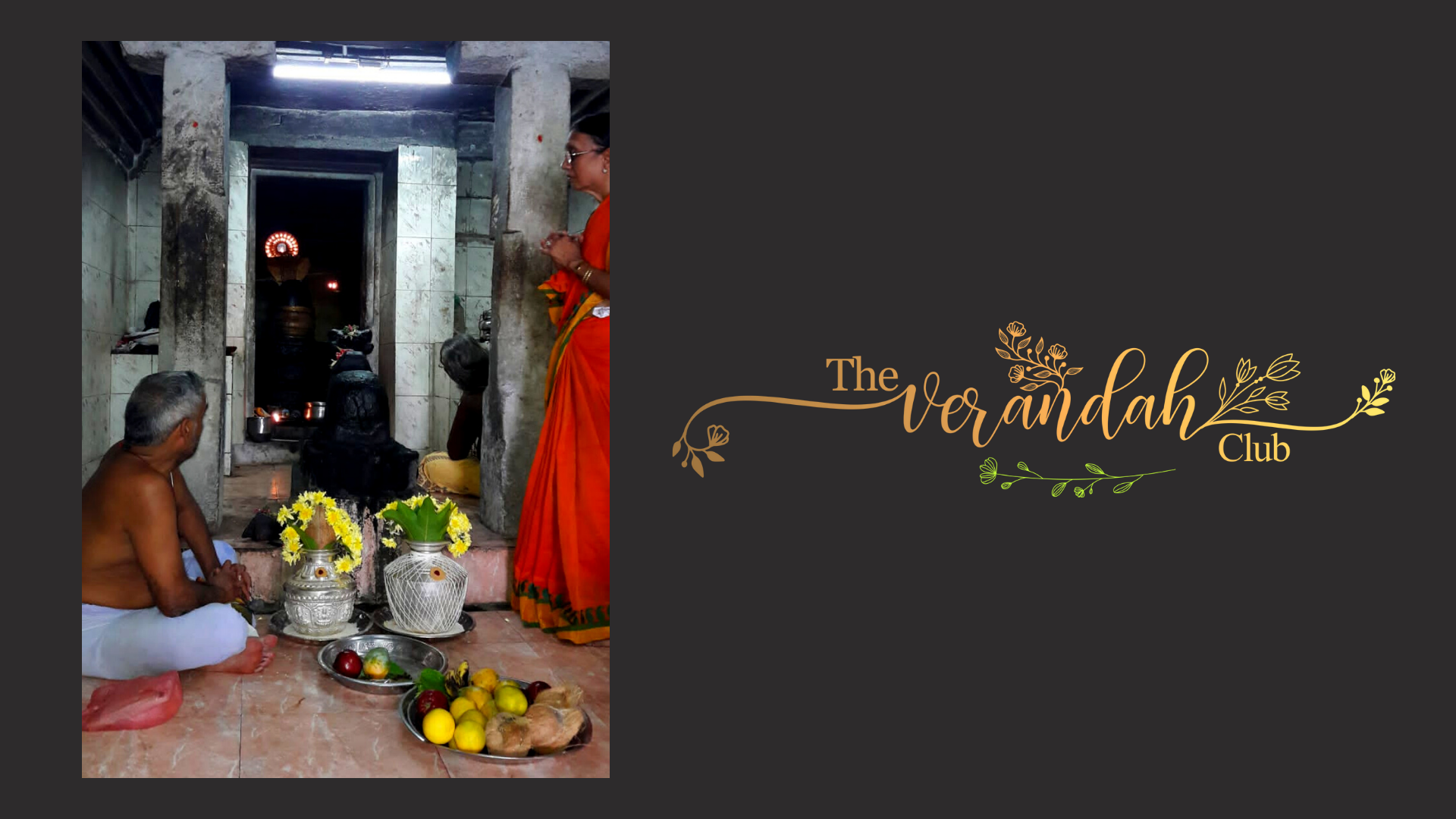
The temple faces the east, but the locals use the western entrance only. The main temple tower ( Rajagopuram ) is located on the northern side. A thirthakulam ( sacred pond ) is located near this tower. Once upon a time, Indra's elephant Airavata was praying to Lord Shiva at Niyamam. The divine elephant was deeply immersed in prayers and had forgotten everything else. This infuriated Indra and threw his Thunderbolt ( Vajrayudham ) on his elephant. The hoomkaram of Lord Shiva made the Vajrayudham travel to Gajaranyam and pierce the ground. A water body was created due to the impact and it came to be known as ' Vajra Theertham '. It Is well known as ' Indrasaabha Theertham ' in this sacred temple. Indra had offered his prayers to Lord Shiva here and became a recipient of his grace.
The image of an elephant can be seen at the ground level of the temple. visitors can view the front side of the elephant. It would appear that the Lord is seated on an elephant. The priest stated that there are seven elephants under the deity and he is known as ' Gajaranyeshwarar '. The shrine of Kamakshi is found alongside that of Lord Shiva. She bears lotus flowers in her two upper arms and displays the abhaya varada mudra with her two lower arms. A protrusion can be noticed on the face of the Shivalingam. This vertical line-like protrusion is known as ' Brahmarekha '. The lower part of this ' Brahmarekha ' is thicker than the upper part. This flame-like appearance on the face of the Shivalingam made people realize that the deity is in the form of a ' Jothi ' in this temple.
Vishnu Durga, Dakshinamurthy, Chandikeswarar, Navagrahams, Lord Muruga with his consorts Valli and Devayani, Gajalakshmi are housed in their respective shrines at the ancient Gajaranyeshwarar Temple. His Holiness Chandrashekharendra Saraswathi of Kanchipuram had greatly appreciated the prosperous Vilva tree in this premises. A small structure has been created with the idea of celebrating his visit. The south western corner of the temple houses a Pallava styled structure. An ancient Valamburi Vinyagar ( Ganesha with his trunk positioned towards the right ) has been here for a long time. He is known as Vellai Vinayagar ( White Ganesha ), Sevisaitha Vinayagar ( Ganesha who is listening to us and it is visible because of the slight tilt ), Sanga Kala Vinayagar ( one who belongs to the Sangam era ). He sports a diamond studded poonul ( sacred thread ) and carries a Shivalingam on his crown. The presence of the deity makes us understand the fact that Lord Ganesha has been in Tamilnadu since the beginning of time. Some politicians and left historians have been claiming otherwise. This lovely Ganesha blesses the devotees instantly. Several miracles have been taking place in this shrine for a long time.
The temple at Ranganathapuram is offered pooja twice a day. Pradosham, Mahashivarathri, Arudra Darshanam , Skanda Sashti, Kruthika Pooja etc., are celebrated in this ancient shrine. An Annabishekham ( rice bath ) is offered during the Tamil month of Aippasi every year. This temple is special for the ones born under the constellation ' Poorattaadhi '. The Kumbabishekham of the temple had taken place on the Punarpoosam of Chittirai ( Tamil month ). A lot of people visit the temple on this day and they partake in the food offered here. Kamakshi faces the south here and she is decorated in nine different ways during the nine days of Navarathri. The temple is generally crowded on those days.
The temple is very special in many ways. Devotees visiting the temple are blessed with good progeny. They are also freed from debt, freed from ailments, freed from pithrudosham, freed from grahadosham by offering Archanai to the deities Gajaranyeswarar and Kamakshi on seven subsequent ' Purattaadhis ' here. They have to do an Abhishekham to the deities and offer an Annadanam on the seventh ' Purattaadhi '. This is an age old belief. Many devotees have been blessed by Gajaranyeshwarar, Kamakshi and the weath bestower - Valamburi Vinayagar at Ranganathapuram.
NEXT ARTICLE
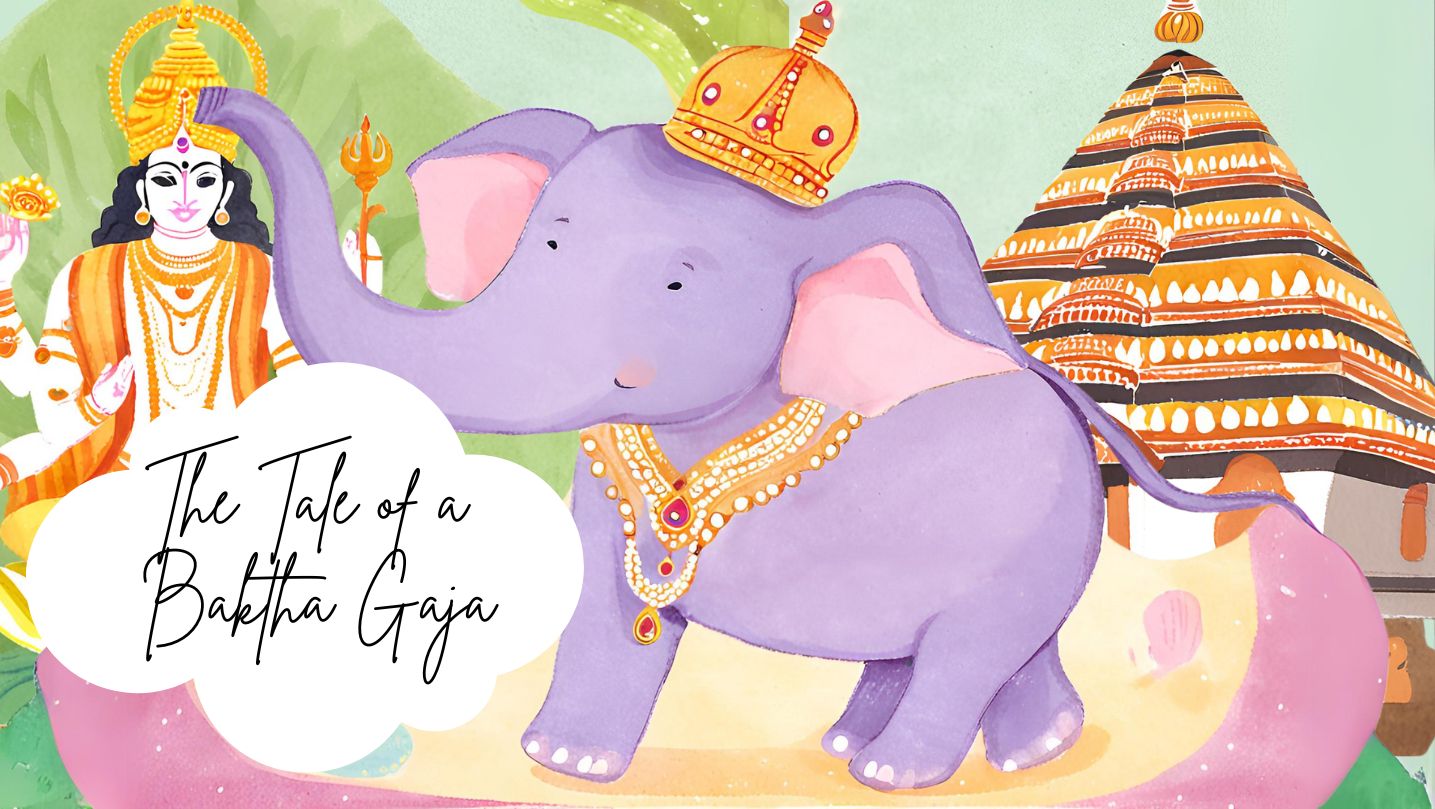
In the lush, green heart of Kerala lived an elephant who became a living legend - a tale of an elephant turned into a bakth. His name was Keshavan, bu...
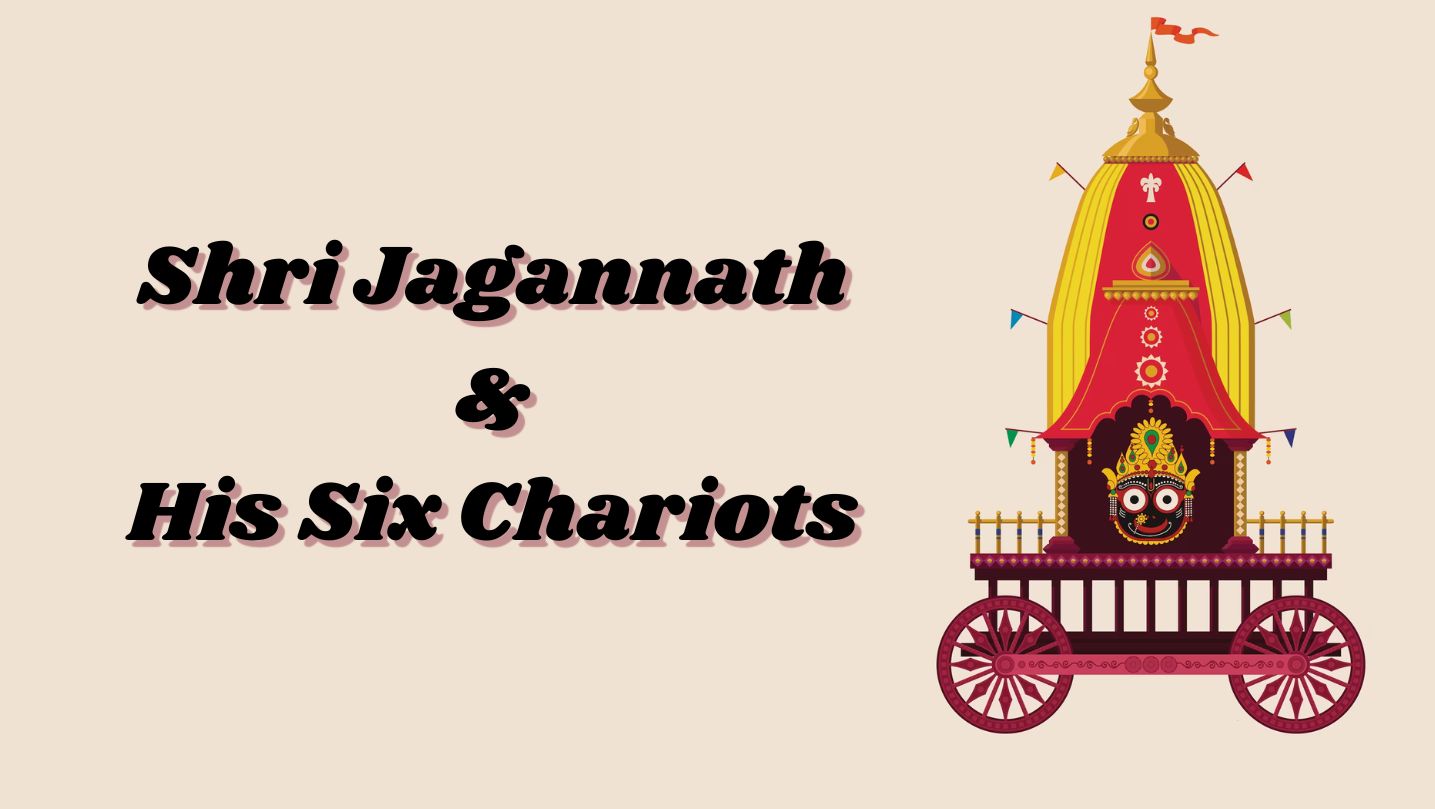
The Chaitanya Charitamrita by Shri Krishna Das Kaviraj provides a vivid description of the operations management of Shri Gundicha Yatra during the tim...
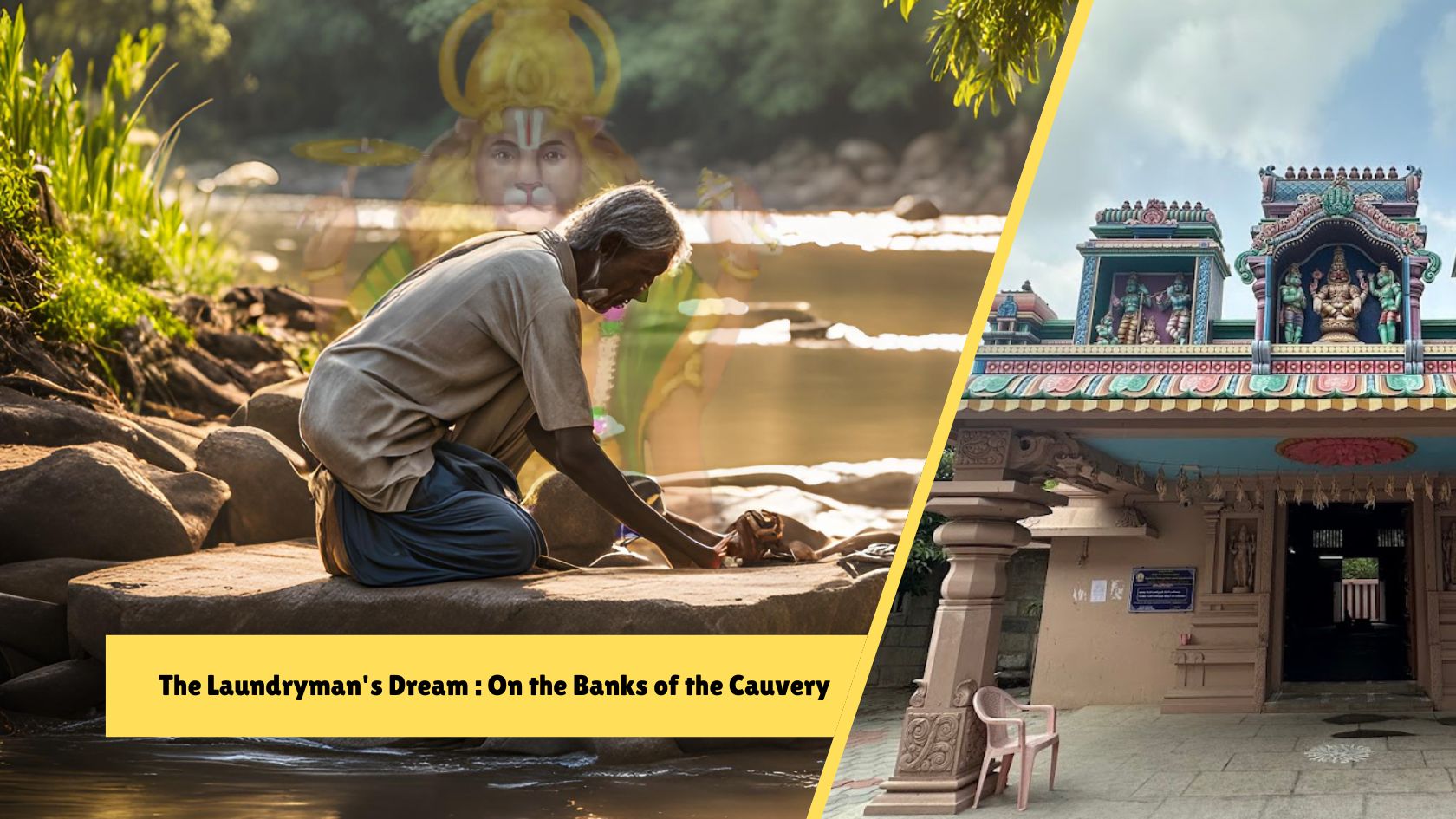
The sun beat down on my back as we stepped out of the car, the air thick with the humidity of rural Tamil Nadu. Chinthalavadi, a small village nestled...